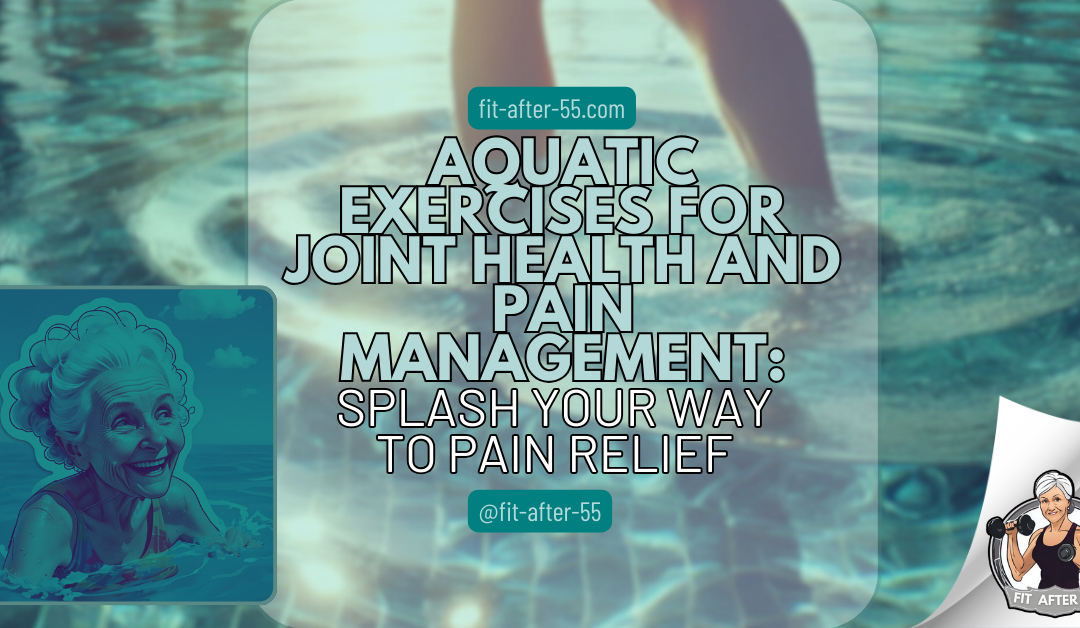Aquatic exercises for joint health and pain have always intrigued me, especially after hearing from a close friend who struggled with arthritis for years. She once told me, “It’s amazing how much relief I feel after just an hour in the pool—it’s like my joints finally get a break.” Another acquaintance with chronic knee pain mentioned how water workouts gave him the freedom to move without the usual discomfort. Their experiences piqued my curiosity and inspired me to dig deeper into the science behind these exercises. After researching and learning about the incredible benefits aquatic workouts can offer, I felt compelled to share this article to shed light on how water-based exercises can transform joint health and improve quality of life for so many.
Making Waves: Aquatic Exercises for Joint Health and Pain Relief
Aquatic exercises can be a game-changer for people dealing with joint pain and arthritis. I’ve seen firsthand how water workouts can make a big difference in managing discomfort and improving movement. Water exercise for people with arthritis is great for all ages and ability levels, helping to ease pain and boost quality of life.
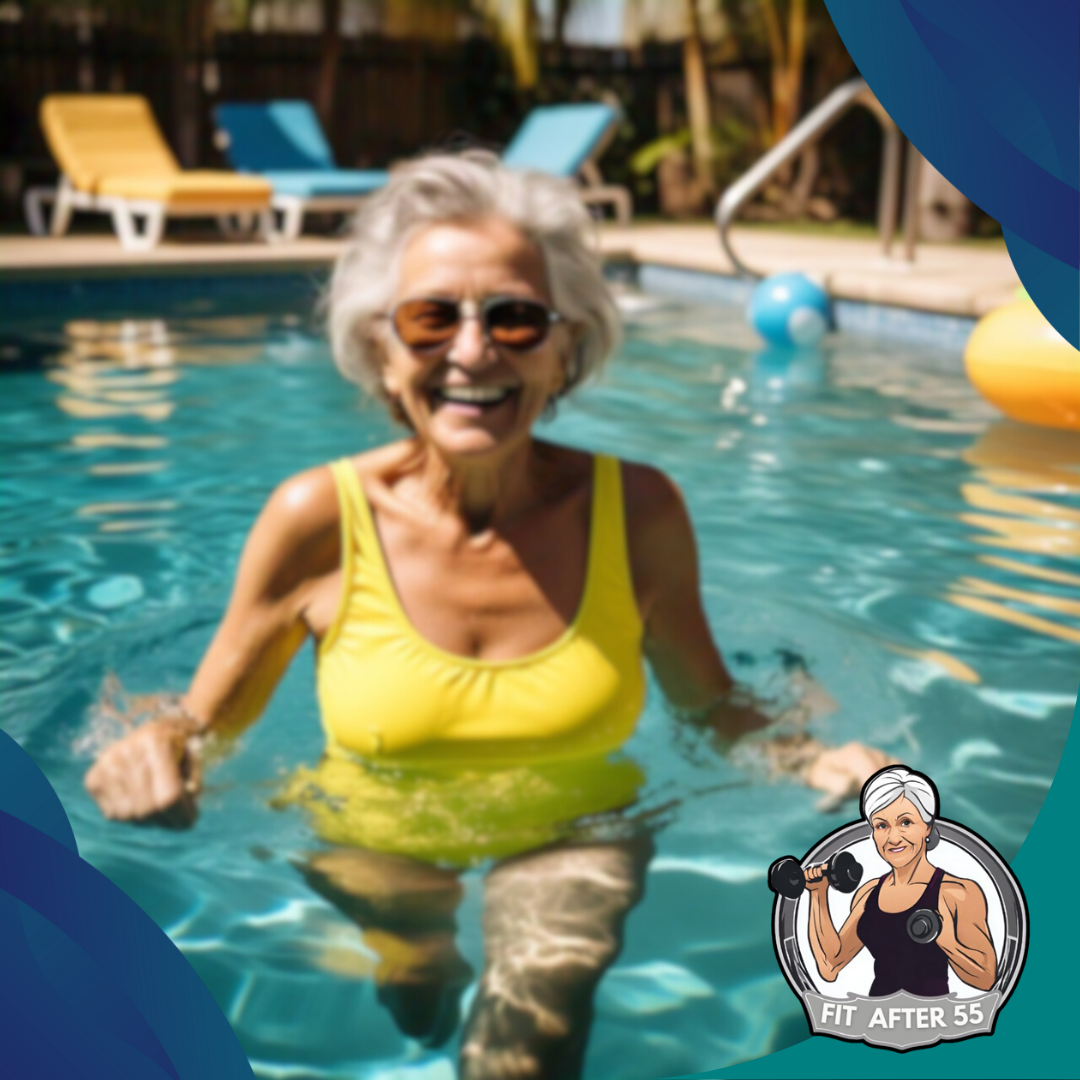
When I step into a pool, I feel the gentle support of the water taking the weight off my joints. This buoyancy lets me move more freely and comfortably. Plus, the water’s natural resistance helps strengthen my muscles without putting too much stress on my body. It’s like getting a workout and a gentle massage at the same time!
I love how aquatic exercises can reduce pain and improve joint function for people with arthritis. Whether it’s walking, running, or doing strength training in waist-deep water, these activities can really help. The best part? I can adapt the exercises to fit my needs and comfort level.
Key Takeaways
- Aquatic exercises can ease joint pain and improve mobility for people of all ages
- Water’s buoyancy and resistance provide a gentle yet effective workout for muscles and joints
- Regular water-based activities can enhance quality of life for those with arthritis or joint issues
The Science Behind Aquatic Exercise
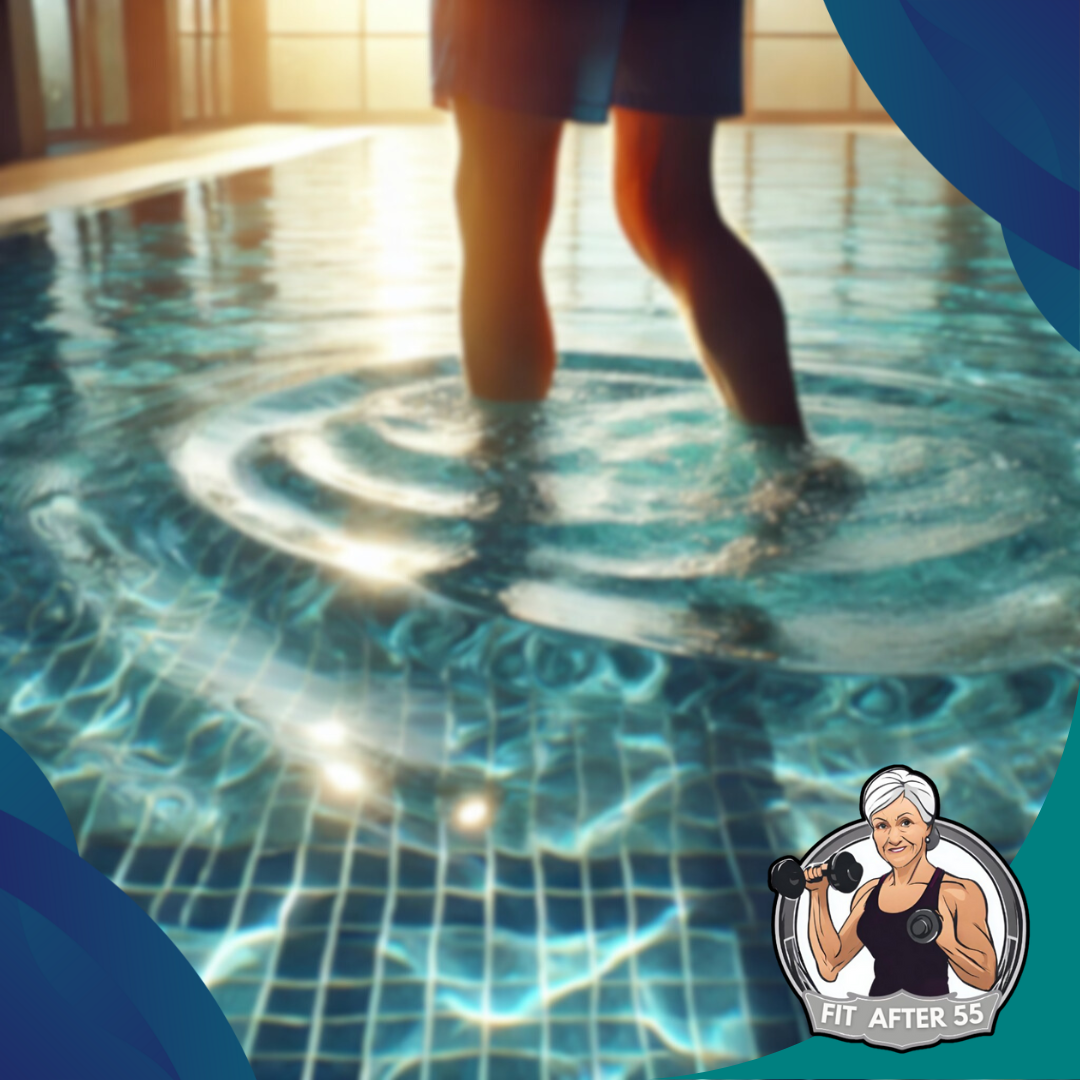
Water offers unique properties that make aquatic exercise great for joint health. Let’s explore how buoyancy, pressure, and temperature work together to help our bodies during water workouts.
Benefits of Buoyancy for Joints
When I’m in the water, I feel lighter. That’s buoyancy at work! It reduces the weight on my joints by up to 90%. This means I can move more easily and with less pain.
Buoyancy helps me in several ways:
- It decreases joint stress
- It allows for a wider range of motion
- It makes exercises easier to do
For people with arthritis or injuries, this is a game-changer. I can do movements in water that might be too hard on land.
Hydrostatic Pressure and Its Advantages
The pressure of water on my body is called hydrostatic pressure. It’s like a gentle hug that helps me exercise better.
Here’s what hydrostatic pressure does:
- Reduces swelling in my joints and muscles
- Improves my blood flow
- Helps stabilize my body
This pressure increases as I go deeper into the water. It’s great for my heart too! The pressure makes my heart work a bit harder, giving me a good workout without feeling too tired.
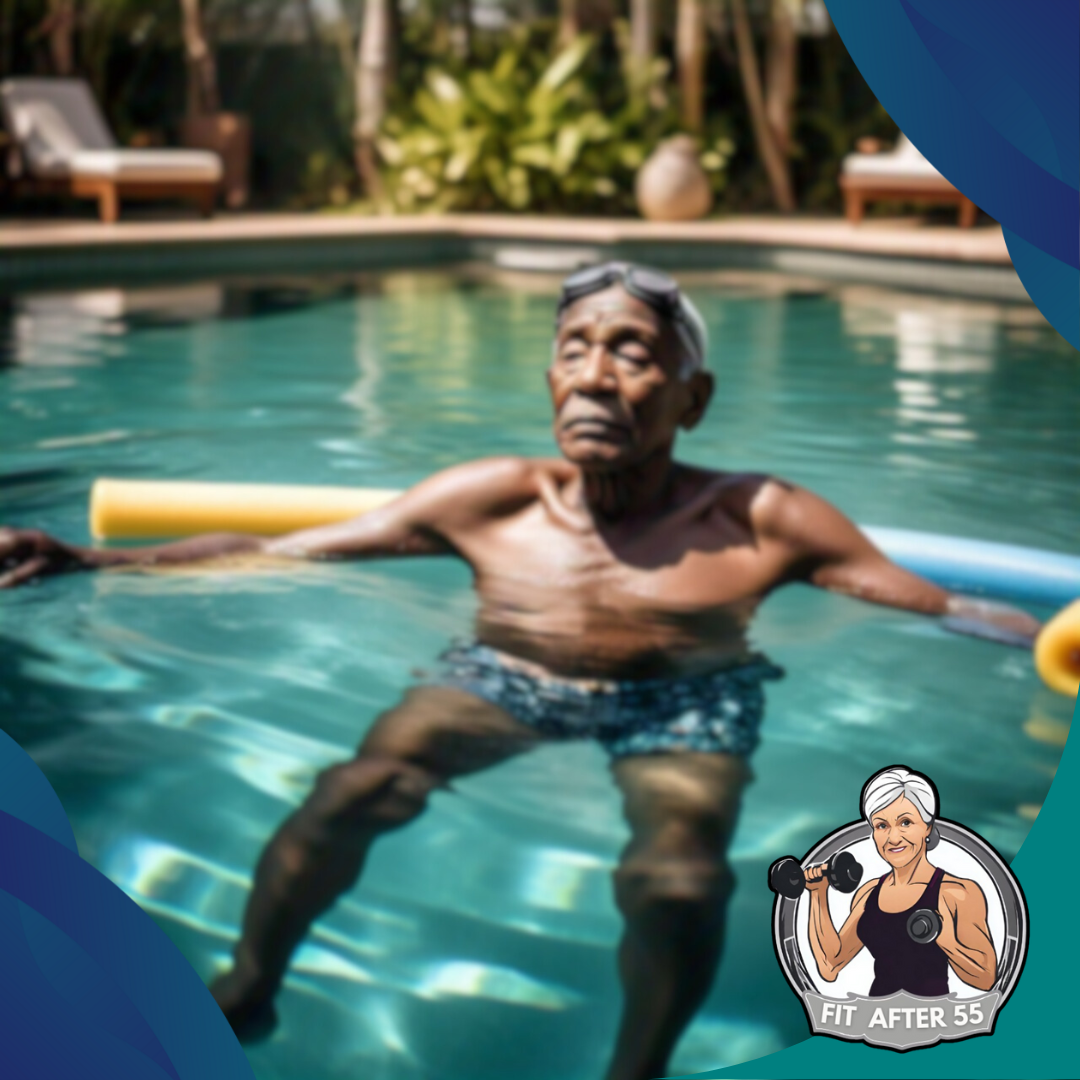
Effect of Water Temperature on Exercise
The temperature of the water plays a big role in how I feel during aquatic exercise. Warm water, around 82-88°F, is best for most people.
Warm water benefits:
- Relaxes my muscles
- Increases my flexibility
- Reduces pain in my joints
For rehab, even warmer water (90-95°F) can be used. It’s super soothing! But if I want a more intense workout, slightly cooler water is better. It keeps me from overheating during vigorous exercise.
Aquatic exercise in warm water has been shown to help with many conditions, especially osteoarthritis. It’s a great way to stay active and manage pain.
Water's Therapeutic Benefits for Seniors
Aquatic Exercises and Arthritis Management

Water-based exercises can really help people with arthritis manage their symptoms. I’ve seen how these activities can reduce pain and improve mobility for many of my patients.
Osteoarthritis and Water-based Workout Benefits
For those with osteoarthritis, I’ve found that water exercises can be a game-changer. The buoyancy of water takes pressure off joints, making movement easier and less painful.
I often recommend water walking as a starting point. It’s simple but effective. Just walk back and forth in waist-deep water. The resistance helps build strength without stressing joints.
For my patients with knee or hip osteoarthritis, I suggest trying leg lifts while holding onto the pool edge. This helps improve range of motion and muscle strength.
Rheumatoid Arthritis: Aquatic Therapy Approaches
When it comes to rheumatoid arthritis, I’ve seen great results with gentler aquatic exercises. Floating exercises are a favorite of mine. They help relax stiff joints and reduce inflammation.
I like to have my patients try this: float on your back with a pool noodle under your knees. Gently move your arms and legs in slow, circular motions. This can ease joint pain and improve flexibility.
For those with more severe symptoms, I recommend starting with simple stretches in chest-deep water. The water’s support makes these movements much more comfortable.
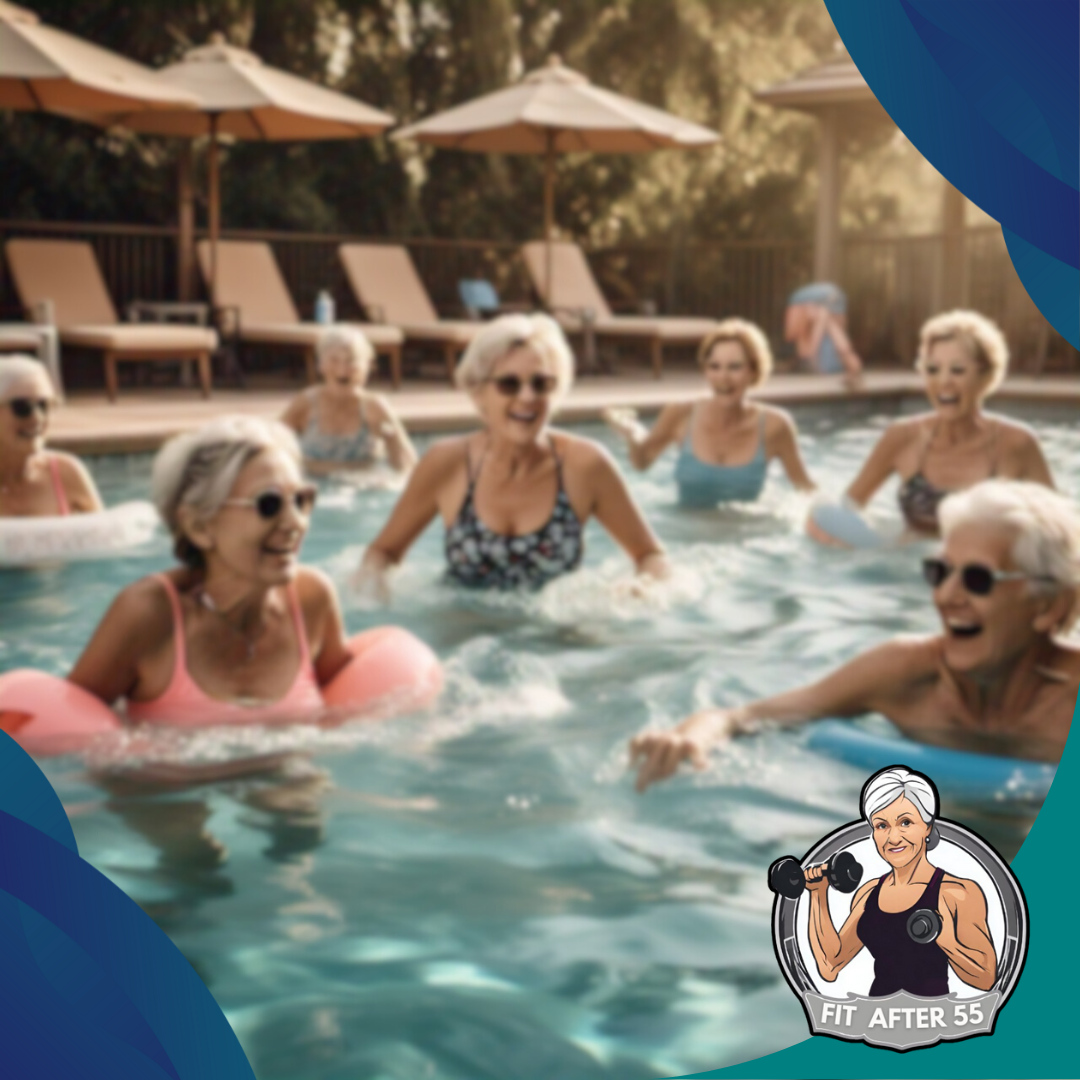
Evaluating the Effectiveness Through Trials
I always keep an eye on the latest research to make sure I’m giving my patients the best advice. Studies have consistently shown that water exercises can help people with arthritis.
In my experience, patients who do water exercises regularly often report:
- Less pain
- Better joint function
- Improved quality of life
I’ve seen this backed up by randomized controlled trials. These studies compare water exercise to other treatments or no treatment at all. The results are clear: water workouts really do help.
One study I found particularly interesting looked at people with knee osteoarthritis. Those who did water exercises had much less pain and better mobility than those who didn’t.
Aquatic Exercise Techniques
Water-based exercises offer unique benefits for joint health and pain management. I’ll share some effective techniques that can help improve strength, fitness, and flexibility in the pool.
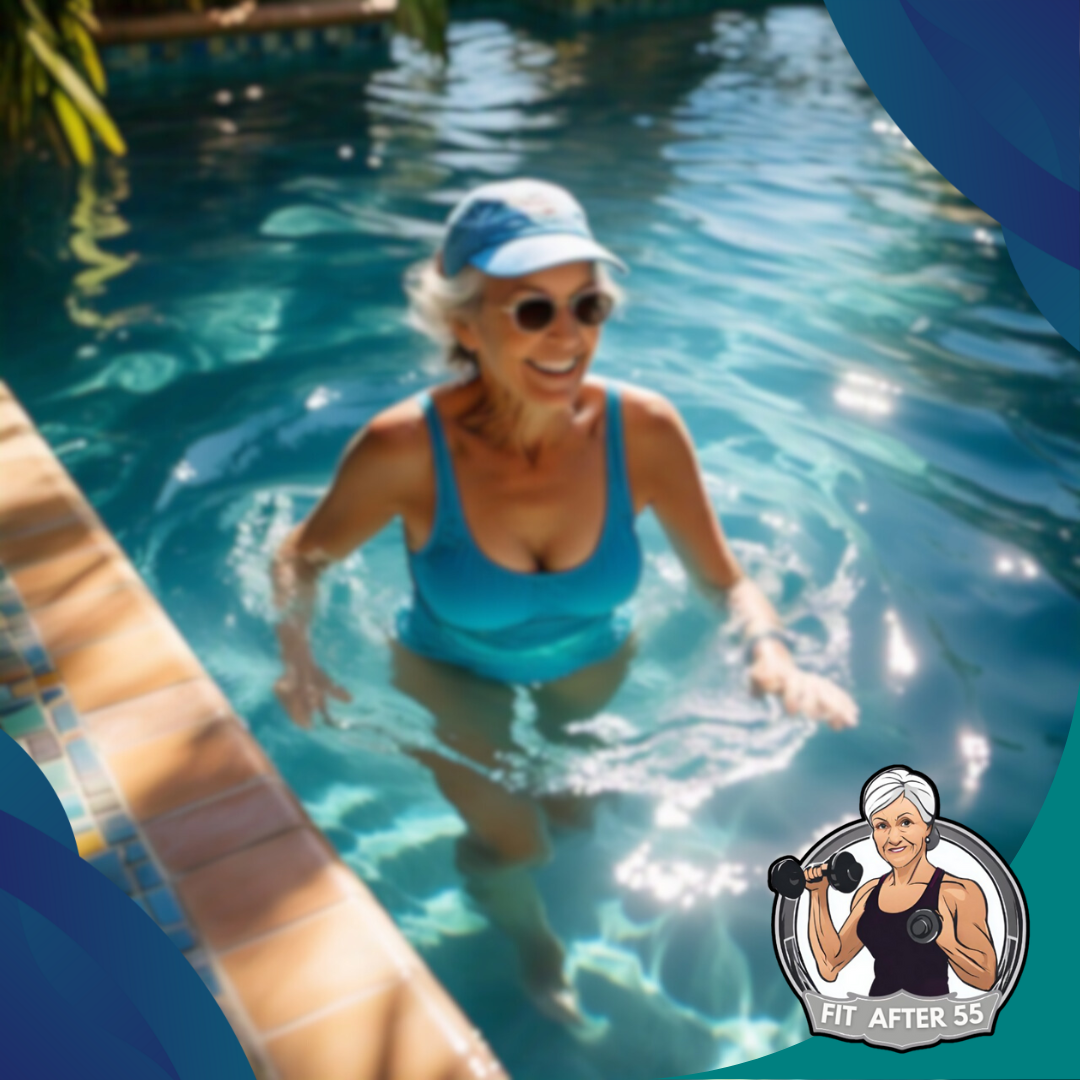
Strength Training in Water
I find water resistance training to be a great way to build muscle without stressing joints. One simple exercise is water pushups. I stand in chest-deep water, place my palms flat on the pool edge, and push my body up and down.
For leg strength, I like to do wall squats. I press my back against the pool wall and slide down into a seated position, then push back up. The water’s buoyancy makes this easier on my knees.
I also use water dumbbells for bicep curls and shoulder presses. The resistance of moving through water adds intensity to these exercises.
Aerobic Fitness With Aquatic Routines
For a cardio workout, I enjoy water jogging. I use a flotation belt to keep my upper body above water while I jog in place in the deep end. It’s low-impact but gets my heart pumping.
Water aerobics classes are another fun option. These often include moves like leg lifts, arm circles, and jumping jacks adapted for the pool.
I sometimes use a kickboard to do laps, focusing on kicking from my hips. This is great for working my core and leg muscles while boosting my cardiovascular fitness.
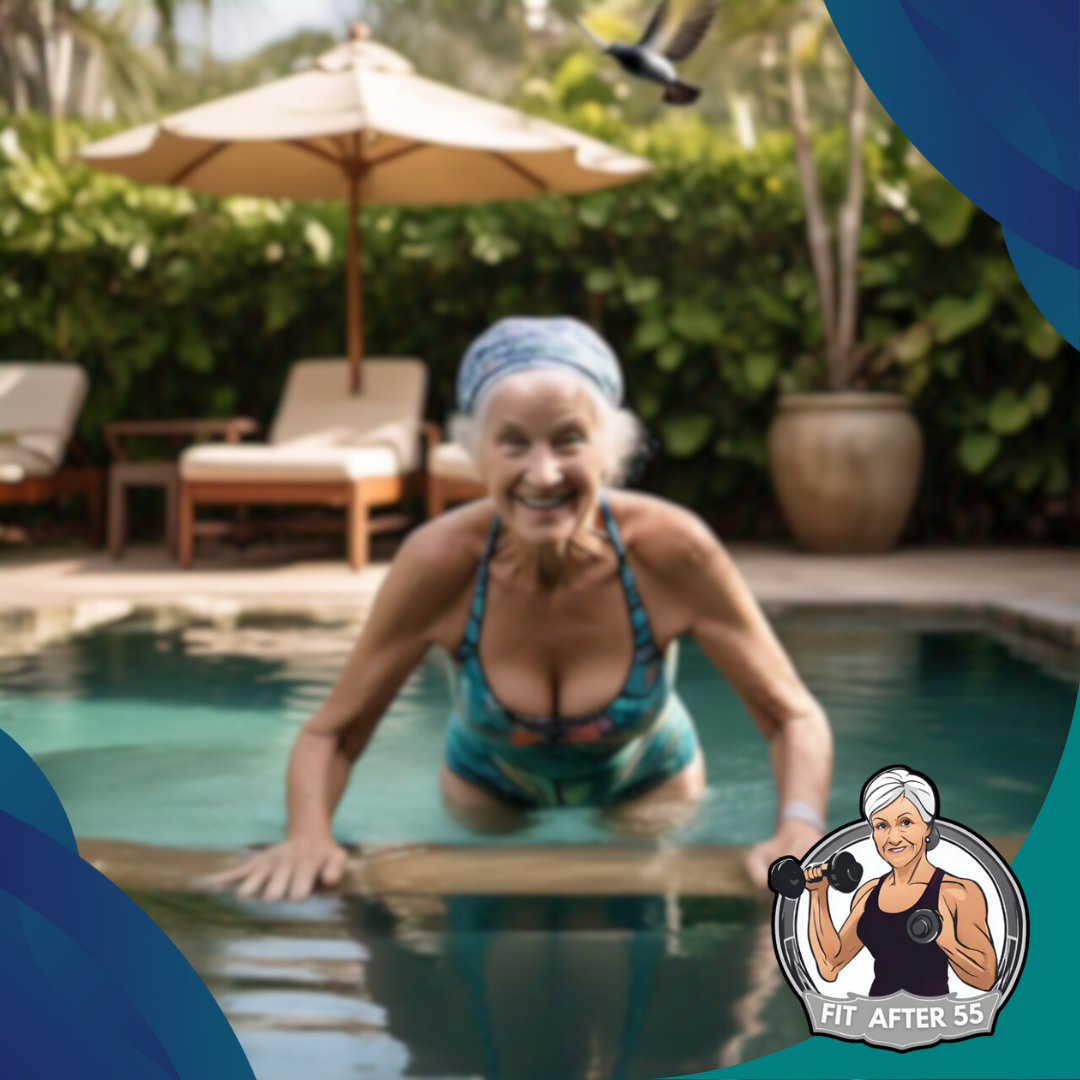
Flexibility and Range of Motion Workouts
The pool is perfect for gentle stretching exercises. I like to do arm circles in shoulder-deep water, feeling the resistance as I move my arms forward and backward.
For my legs, I hold onto the pool edge and do slow leg swings front to back and side to side. The water supports my weight, allowing for a greater range of motion.
I also practice walking sideways and backward in waist-deep water. This helps improve my balance and flexibility while gently working different muscle groups.
Aquatic Exercise Program Essentials

Aquatic exercise programs can be great for joint health and pain management. I’ve found that a well-designed program includes different types of workouts and keeps safety in mind. Let me share some key points about creating an effective aquatic exercise routine.
Designing an Effective Aquatic Exercise Program
When I design an aquatic exercise program, I focus on a few key elements. First, I make sure to include a good mix of cardio and strength training exercises. This helps improve overall fitness and joint function.
I also tailor the program to each person’s needs and abilities. For example, I might start with simple water walking for someone new to aquatic exercise. As they get stronger, I’ll add more challenging moves like forward lunges.
Here’s a sample weekly plan I often use:
- Monday: 30 minutes water aerobics
- Wednesday: 20 minutes deep-water walking
- Friday: 25 minutes strength exercises
Incorporating Different Types of Aquatic Workouts
I like to mix up the types of aquatic workouts to keep things interesting and target different aspects of fitness. Some of my favorite exercises include:
- Water walking: Great for building leg strength and endurance
- Arm circles: Helps improve shoulder mobility
- Leg lifts: Strengthens core and hip muscles
- Flutter kicks: Boosts cardiovascular fitness
I also use equipment like pool noodles or water weights to add variety and challenge. These tools can make exercises more fun and effective.
Monitoring Progress and Ensuring Safety
Safety is my top priority in any aquatic exercise program. I always start with a proper warm-up to get the muscles ready. During the workout, I pay close attention to form and technique.
I encourage people to listen to their bodies and take breaks if needed. It’s important not to overdo it, especially when just starting out.
To track progress, I use simple measures like:
- How long can you exercise before getting tired?
- Are daily activities getting easier?
- Has pain decreased?
I also make sure to adjust the program as needed. This might mean increasing intensity or trying new exercises as fitness improves.
Comparative Analysis: Aquatic vs. Land Exercises
I’ve found that both aquatic and land-based exercises can help with joint health and pain management. Each type has unique benefits and drawbacks. Let’s dive into how they compare for people with joint issues or musculoskeletal diseases.
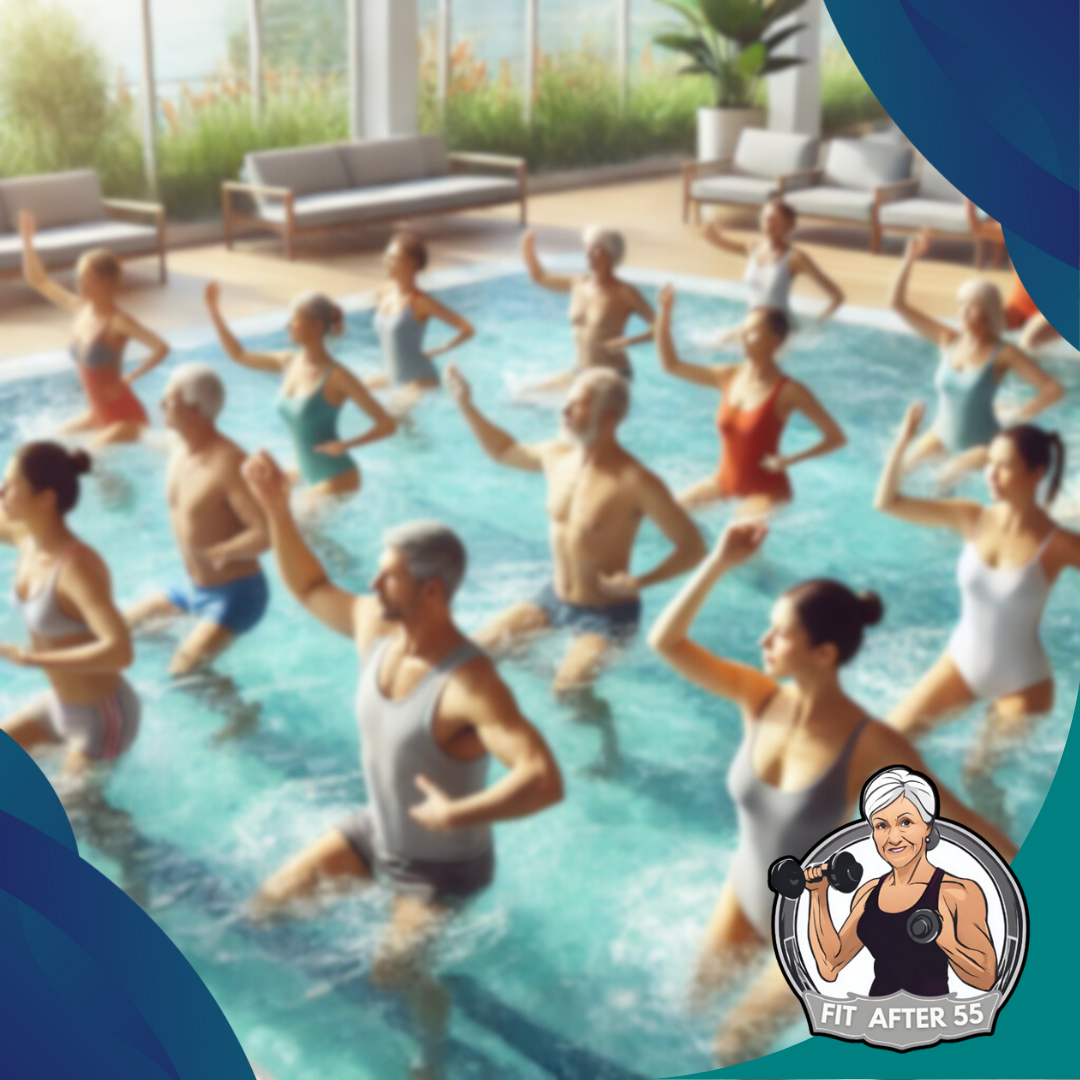
Pros and Cons of Aquatic vs. Land-Based Workouts
Aquatic exercises offer some great perks. The water’s buoyancy reduces stress on my joints, making movements easier and less painful. I can do exercises in water that might be too hard on land. Plus, the water resistance gives me a good workout without weights.
On the flip side, land exercises have their advantages too. They’re more convenient – I can do them anywhere, anytime. They also help build bone density better than water workouts. But they can be tougher on my joints, especially if I have arthritis or other joint problems.
Here’s a quick comparison:
- Aquatic: ? Low impact, ? Resistance, ? Limited accessibility
- Land: ? Convenience, ? Bone strength, ? Higher impact
Impact on Joint Pain and Musculoskeletal Diseases
When it comes to joint pain and musculoskeletal issues, both types of exercise can help. But they work differently. Aquatic-based exercise often leads to better pain relief for me when I have joint problems. The warm water helps relax my muscles and reduces stiffness.
Land exercises are great for building strength and improving balance. This can help prevent falls and further joint damage. But if I’m in a lot of pain, I find it harder to do land exercises at first.
For specific conditions:
- Arthritis: Aquatic exercises often feel better
- Osteoporosis: Land exercises are usually better for bone health
- Back pain: Both can help, but aquatic might be gentler to start
I’ve learned that mixing both types of exercise can give me the best results for managing pain and staying active.
Implementing Aquatic Therapy in Different Populations

Aquatic therapy can be tailored to meet the needs of various groups. I’ve found it helpful for older adults, men and women with specific concerns, and people with chronic conditions. Let’s dive into how aquatic exercises can be adapted for these different populations.
Aquatic Exercises for the Aging Population
As we age, joint pain and reduced mobility become more common. I’ve seen how aquatic therapy can really help older adults stay active and manage these issues. The warm water eases stiff joints and supports body weight, making movement easier.
For seniors, I recommend gentle exercises like water walking or arm circles. These improve balance and strength without putting stress on the joints. I also suggest using foam noodles or kickboards for added support.
Aquatic therapy can boost confidence in older adults who fear falling. The water provides a safe environment to practice movements they might find challenging on land. This can lead to better overall health and quality of life.
Gender-Specific Considerations in Aquatic Therapy
When it comes to aquatic therapy, I’ve noticed that men and women may have different needs and preferences. For women, especially those with conditions like fibromyalgia, I often focus on gentle, low-impact exercises that target core strength and flexibility.
Men might prefer more intense workouts, so I might include resistance training using water dumbbells or jets. However, it’s important to remember that these are generalizations. I always tailor the program to the individual’s needs and preferences.
For both genders, I emphasize exercises that improve posture and reduce back pain. Aquatic exercise has been shown to be effective for managing low back pain in both men and women.
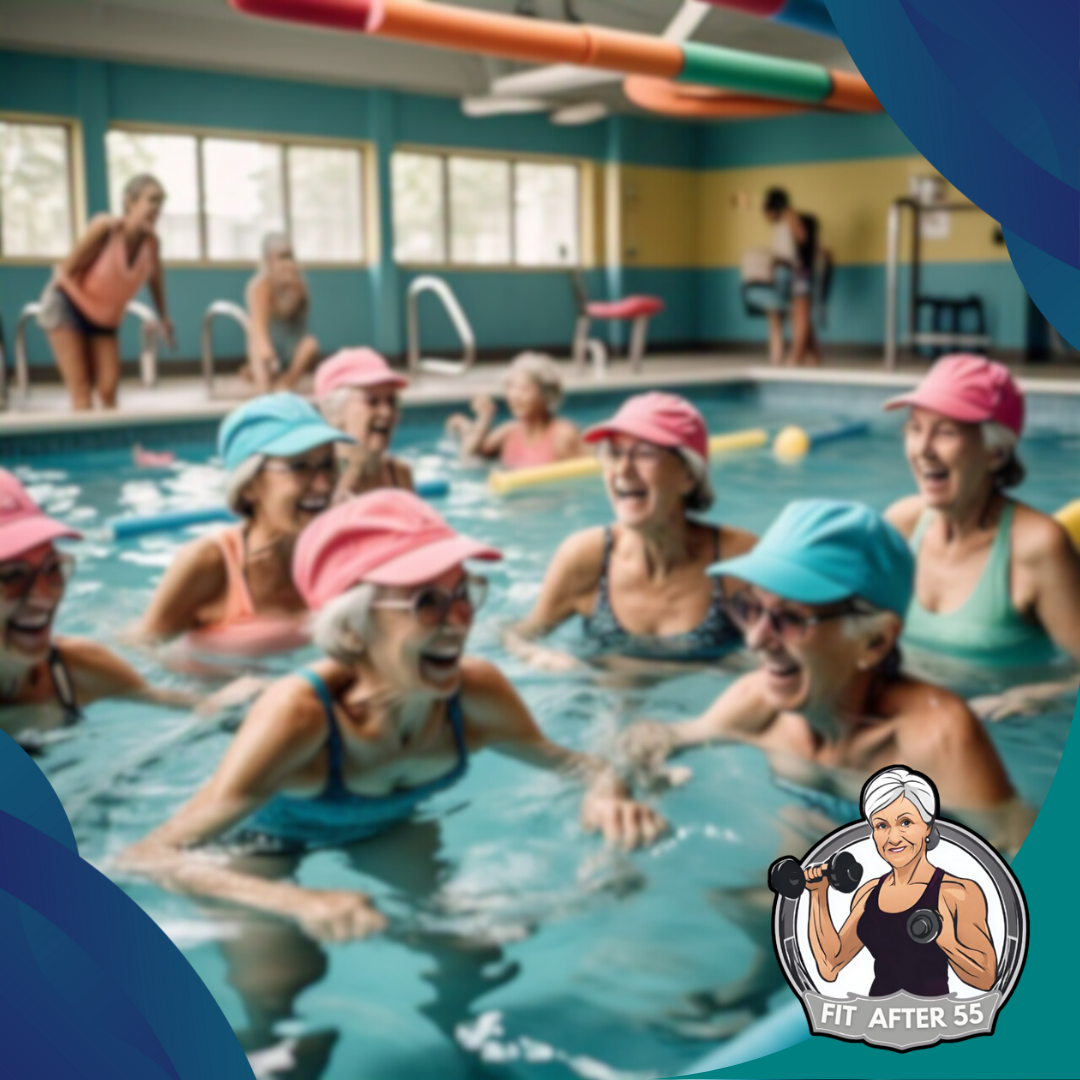
Aquatic Therapy for Chronic Conditions
I’ve found aquatic therapy to be incredibly beneficial for people with chronic conditions like arthritis, fibromyalgia, and multiple sclerosis. The buoyancy of water reduces joint stress, making it easier to exercise without pain.
For arthritis patients, I recommend range-of-motion exercises and gentle resistance training. These help maintain joint flexibility and build strength. Studies have shown that aquatic exercises can significantly reduce pain and improve function in people with osteoarthritis.
For those with fibromyalgia or multiple sclerosis, I focus on low-impact cardiovascular exercises. These can help improve endurance and reduce fatigue without causing flare-ups. The water’s pressure also provides a soothing, massage-like effect that can help ease pain.
Supportive Treatment and Lifestyle Factors

I’ve found that treating joint issues requires a multi-faceted approach. It’s not just about exercises – other factors play a big role too. Let’s look at some key supportive treatments and lifestyle changes that can help.
Combining Physical and Pharmacological Treatments
I’ve learned that mixing exercise with medication can work wonders. For example, aquatic therapy can reduce pain and improve function in people with joint problems. But sometimes I need a little extra help.
That’s where meds come in. I might take anti-inflammatories before a swim session to maximize comfort. Or I could use topical creams after exercising to soothe any lingering aches.
It’s all about finding the right balance. I work with my doctor to create a plan that combines physical activity and medication in a safe, effective way.
Influence of Diet and Weight Loss on Joint Health
I can’t ignore the impact of what I eat. A healthy diet does more than just help me lose weight – it can directly affect my joints.
Some foods I try to include:
- Fatty fish (for omega-3s)
- Colorful fruits and veggies (for antioxidants)
- Nuts and seeds (for healthy fats)
Losing extra pounds takes stress off my joints. Even a small weight loss can make a big difference. I’ve found that aquatic exercises are great for this, as they’re low-impact but still burn calories.
The Role of Compliance and Mental Well-being
Sticking to my treatment plan is crucial. I’ve learned that consistency is key when it comes to managing joint health. This means doing my exercises regularly, taking medications as prescribed, and maintaining a healthy diet.
But it’s not just about physical health. My mental state plays a big role too. Chronic pain can be tough on the mind, so I make sure to:
- Practice stress-reduction techniques
- Stay connected with friends and family
- Engage in activities I enjoy
I’ve found that aquatic therapy can boost my mood as well as my physical health. The soothing nature of water helps me relax and stay positive.
Aquatic Exercises for Joint Health and Pain: A Gentle Path to Better Living
I sincerely hope you’ve gained a deeper understanding of how aquatic exercises can transform lives. Inspired by the stories of people close to me, and my own journey of discovering the benefits, I’ve seen how water-based workouts can improve overall health and mobility in remarkable ways.
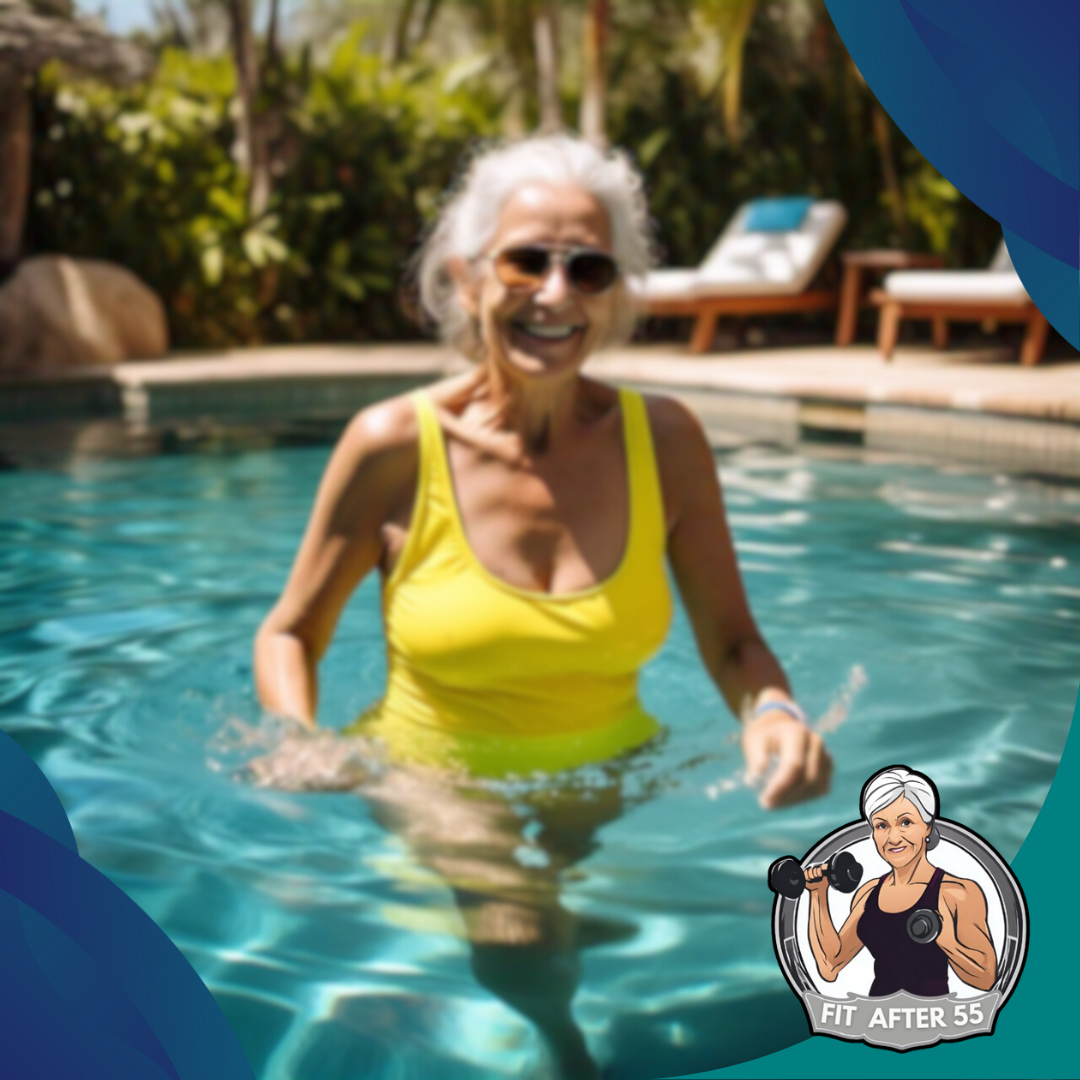
To summarize: aquatic exercises reduce stress on the joints, improve muscle strength through water resistance, and help with flexibility and blood flow—all while offering a low-impact, safe environment. Whether it’s water walking, resistance training, or warm water therapy, these exercises can truly enhance one’s quality of life.
Personally, incorporating water-based routines into my life has been a game-changer, providing me with a sense of vitality and better health. It’s an approach that is not only effective but enjoyable and versatile for people of all ages and abilities.
If you’ve been considering aquatic exercises for yourself or someone you care about, I encourage you to take the plunge—quite literally! Whether you’re managing joint pain, arthritis, or simply looking for a gentle yet effective way to stay active, the pool might just be your new favorite place to exercise.
Thank you for reading, and I’d love to hear your thoughts or experiences with aquatic exercises. Feel free to share your journey or ask questions in the comments—I’m always eager to connect and help!
Frequently Asked Questions

Aquatic exercises offer many benefits for joint health and pain management. Let’s explore some common questions about water-based activities and their effects on joint conditions.
What are the best water aerobics activities for managing joint pain?
Water aerobics can be great for joint pain. I recommend trying water walking, leg lifts, and arm circles. These exercises are gentle on the joints while still providing a good workout.
Ankle rotations and knee lifts in the water can also help improve joint mobility and reduce pain.
How does hydrotherapy benefit individuals with knee osteoarthritis?
Hydrotherapy can really help people with knee osteoarthritis. The warm water helps relax muscles and reduces joint stress. This makes it easier to move and exercise without pain.
The water’s buoyancy also takes pressure off the knees, allowing for a greater range of motion during exercises.
Can swimming effectively relieve symptoms of arthritis in the hip and knee?
Yes, swimming is an excellent low-impact exercise for arthritis. It improves joint flexibility and muscle strength without putting stress on the hips and knees.
I find that swimming laps or doing water treading can help reduce pain and stiffness in arthritic joints.
What types of aquatic exercises are recommended for post-knee replacement rehabilitation?
After a knee replacement, gentle water exercises are best. I suggest starting with water walking and gradually adding leg swings and knee bends.
Aquatic therapy can also include step-ups in the pool and using flotation devices for resistance training.
Where can one find arthritis-friendly water exercise classes?
Many community pools, YMCAs, and fitness centers offer water exercise classes for people with arthritis. I recommend checking with local hospitals or physical therapy clinics too.
Some places may have specialized programs like the Arthritis Foundation’s aquatic program.
How does the YMCA Arthritis Aquatic Program help individuals with joint problems?
The YMCA Arthritis Aquatic Program is designed specifically for people with joint issues. It includes gentle exercises that improve flexibility, strength, and endurance.
I’ve heard from participants that the program helps reduce pain and improve their daily functioning. The classes are usually held in warm water for added comfort.
Keep Moving and Join the Community!
Discover more about water workouts for joint health and pain relief and explore tips to stay healthy and strong. Head over to our website for fresh content, product insights, and advice focused on fitness for seniors.
Be part of a vibrant and encouraging group by following us on Facebook. Connect with others who share your passion for wellness and let’s inspire each other to live our best lives!

